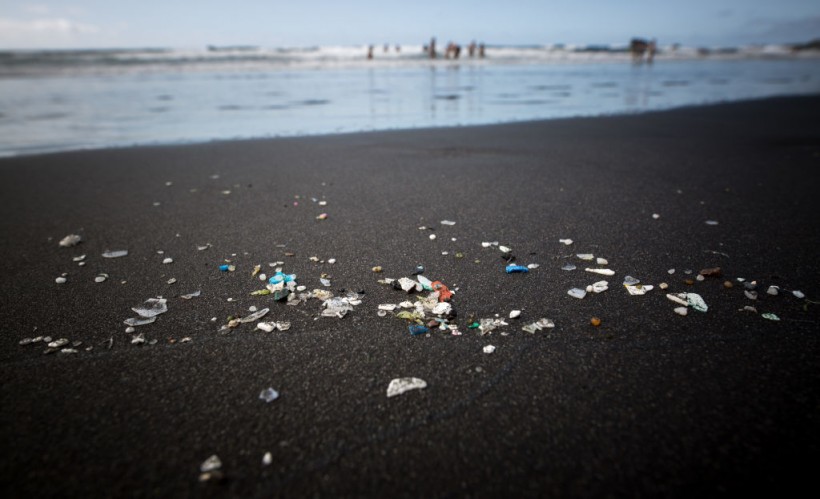
Marine life develops leaky gut syndrome when they ingest microplastics that host the flesh-eating bacteria vibrio.
Based on laboratory research, marine life develops leaky gut syndrome as a result of the flesh-eating bacteria vibrio adhering to microplastics.
Researchers from Florida Atlantic University (FAU) caution that the Sargassum seaweed, which is associated with flesh-eating bacteria, is exceedingly deadly and is currently washing up on South Florida coasts.
Flesh-Eating Bacteria Vibrio
According to FAU, Vibrio bacteria, which are present in oceans all over the world, are the main reason why people die in the marine environment.
Microplastics are now so pervasive that they have been detected at the highest and lowest places on Earth, as well as in unborn infants and these bacteria are already developing a special capacity to attach to and adapt to them.
Their research, according to Tracy Mincer, a Florida Atlantic University assistant professor of biology, demonstrated that these Vibrio are quite aggressive and can locate and adhere to plastic within minutes.
Additionally, their research discovered that diseases and bacteria both employ the same kinds of attachment elements to adhere to plastics.
Aggressively Latching on to Microplastics
According to Mincer, plastic is a relatively recent substance that has only been present in marine ecosystems for the past 50 years.
The researchers also discovered that the bacterium has a particular "zot" gene that generates toxins that worsen leaky gut syndrome in vertebrates by increasing the permeability of their stomach lining.
According to Harvard Health, this disorder can make it possible for germs to enter the circulation through stomach perforations, resulting in diarrhea or worsening more serious illnesses including Crohn's disease, celiac disease, and irritable bowel syndrome.
Fish and other marine creatures are more likely to consume the bacteria and develop leaky gut syndrome as a result of these zot genes.
According to Mincer, if a fish becomes infected with this Vibrio, which subsequently causes a leaky gut and diarrhea, it would release waste nutrients like nitrogen and phosphate that might encourage the growth of Sargassum as well as the growth of other nearby species.
Also Read: Seaweed Blob in Florida Cause Toxicity, Skin Irritation, Respiratory Issues
Sargassum and Vibrio
According to study data based on cultivation, Sargassum found on beaches has significant levels of Vibrio bacteria.
The new study by Mincer and several colleagues was recently published in the journal Water Research.
Mincer issued a warning on the existence of these bacteria and their potential for infection.
The group wants to raise public awareness of these dangers.
Until the hazards are better understood, attention should be used especially while harvesting and processing biomass from sargassum.
However, the seaweed also mixes with plastic waste and Vibrio bacteria in the ocean, resulting in a "pathogen storm" that experts refer to as being dangerous for beachgoers.
According to the Daily Mail, the bacteria and seaweed flourish in warm brackish water, and most of the Gulf of Mexico has noticed a noticeable increase in the stinky seaweed, which emits an odor similar to rotting eggs as it breaks down on the beach.
Following Hurricane Ian in 2022, Vibrio instances increased significantly in Florida, and in the summer, sargassum started to cover beaches in the Caribbean and Mexico's Yucatan peninsula, causing an unprecedented buildup, Daily Caller reported.
Related Article: Ancient Bacteria Star Jelly in Ohio Gardens Cycles Through Dry, Wet State
© 2024 NatureWorldNews.com All rights reserved. Do not reproduce without permission.

![Climate Change is Reducing Dust Levels Worldwide as Arctic Temperature Warms [Study]](https://1471793142.rsc.cdn77.org/data/thumbs/full/70320/280/157/50/40/climate-change-is-reducing-dust-levels-worldwide-as-arctic-temperature-warms-study.jpg)



